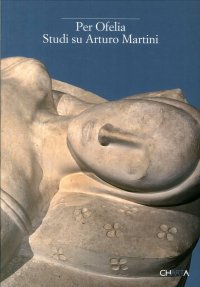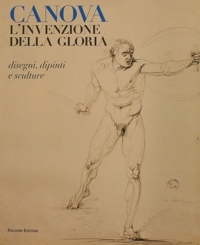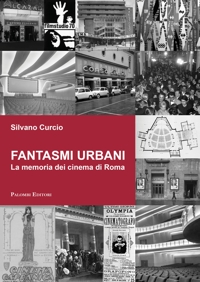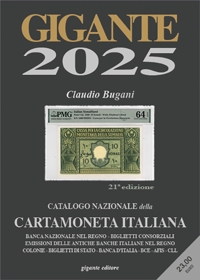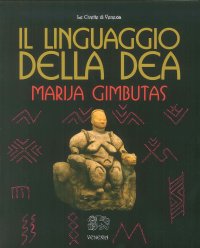Arturo Martini. I capolavori
Treviso, Museo “luigi Bailo”, March 31 - July 30, 2023.
Edited by Stringa Nico and Fabrizio Malachin.
Cornuda, 2023; paperback, pp. 278, col. ill., cm 23x29.
cover price: € 33.00
|
Books included in the offer:
Arturo Martini. I capolavori
Treviso, Museo “luigi Bailo”, March 31 - July 30, 2023.
Edited by Stringa Nico and Fabrizio Malachin.
Cornuda, 2023; paperback, pp. 278, col. ill., cm 23x29.
FREE (cover price: € 33.00)
Studi su Arturo Martini. Per Ofelia
Edited by Matteo Ceriana and Claudia Gian Ferrari.
Milano, Atti del Covegno, 19 maggio 2008.
Milano, 2009; paperback, pp. 136, 97 b/w ill., cm 17x24.
FREE (cover price: € 29.00)
Canova. L'invenzione della gloria. Disegni, dipinti e sculture.
Genova, Palazzo Reale, April 16 - July 24, 2016.
Edited by Giuliana Ericani and Franceasco Leone.
Roma, 2016; paperback, pp. 306, col. ill., col. plates, cm 23x30.
FREE (cover price: € 35.00)
Renaissance and Later Architecture and Ornament
Davies Paul - Hemsoll David
Harvey Miller Publishers
English Text.
London, 2014; 2 vols., hardback, pp. 784, 362 b/w ill., 227 col. ill., cm 21x28.
series: The Paper Museum of Cassiano Dal Pozzo. Series A: Antiquities and Architecture
ISBN: 1-905375-77-8 - EAN13: 9781905375776
Subject: Graphic Arts (Prints, Drawings, Engravings, Miniatures)
Period: 1400-1800 (XV-XVIII) Renaissance
Languages: 
Weight: 4.36 kg
These are now divided between the Royal Library at Windsor Castle, the British Museum and numerous other collections. Bringing them together emphasises the range and quality of the collection, and their comprehensive coverage of Renaissance architecture, including churches, palaces, villas and military fortifications, as well as designs for architectural fitments and decorative schemes. Many of these are live project drawings from the hands, workshops or immediate circles of distinguished sixteenth- and seventeenth-century architects, including Raphael, Giulio Romano, Antonio da Sangallo the Younger and Gianlorenzo Bernini. As such they are connected with some of the most important buildings constructed or remodelled during this period, among them St Peter's and St John Lateran in Rome and the princely palaces in Mantua, Piacenza and Granada in Spain. A smaller group of drawings is associated with architectural theory and includes a remarkable series of façade schemes here attributed to Sebastiano Serlio.
The introductory essay in Volume One explores the distinctive character of this part of the dal Pozzo collection. It is followed by the catalogue entries, grouped into schemes for whole buildings, with the plans and elevations (or both) of ecclesiastical and secular works arranged according to their location in Italy or, occasionally, France, Spain and elsewhere. Volume Two is principally concerned with architectural fitments, such as church furnishings, doorways and chimneys, as well as painted decorations and carved ornaments. It then moves to military subjects, cataloguing drawings of fortifications, sieges and related subjects, followed by drawings of topographical views and two drawings, omitted in A.IX, of ancient decorative designs.








